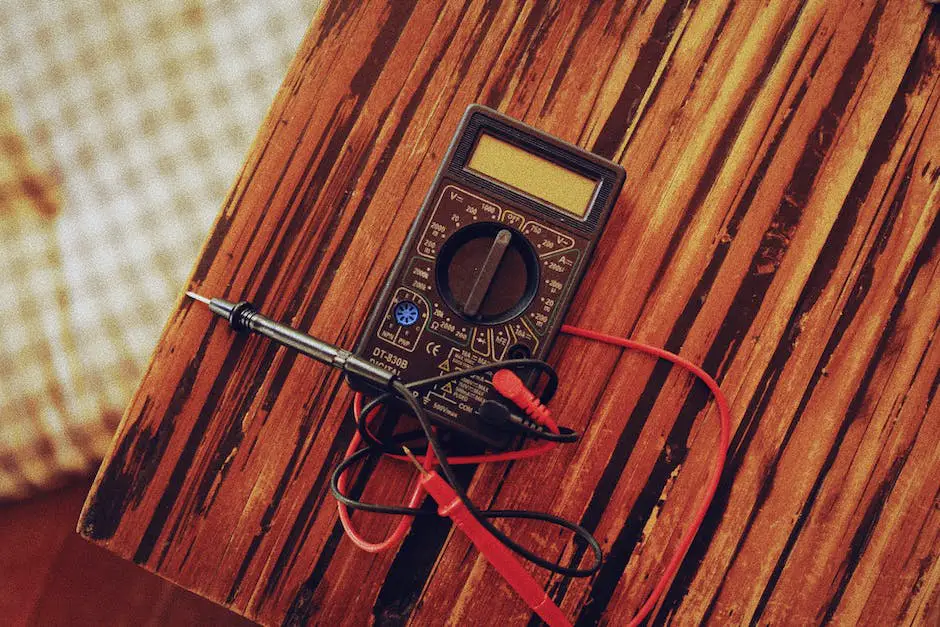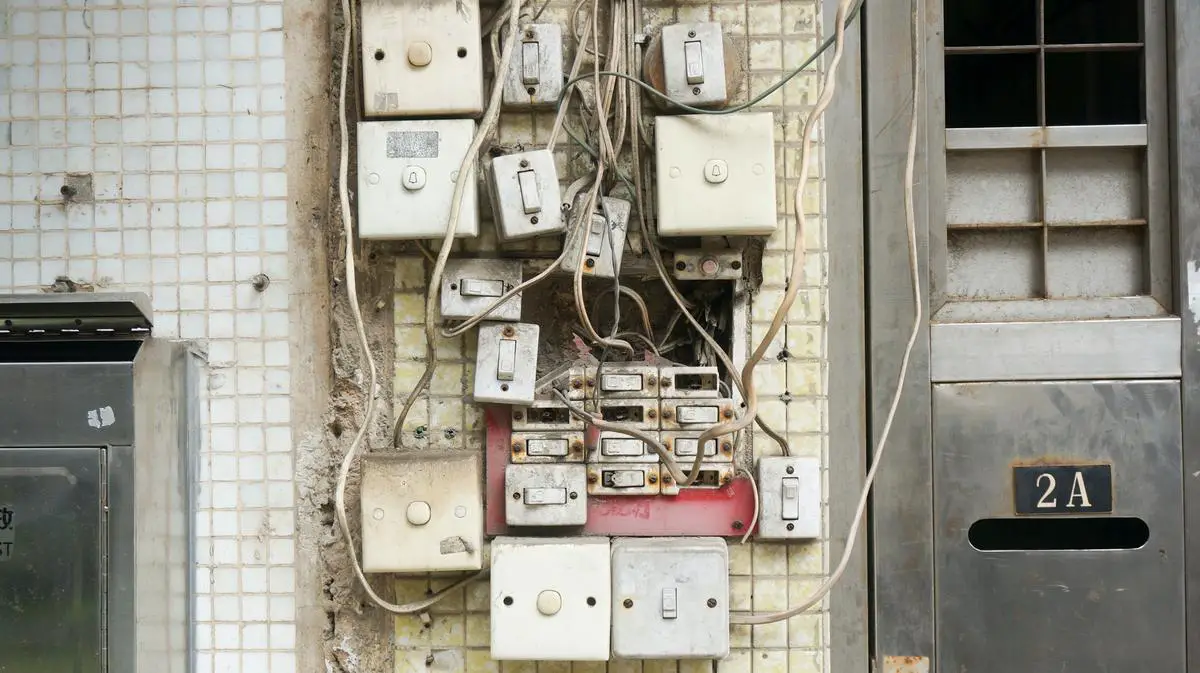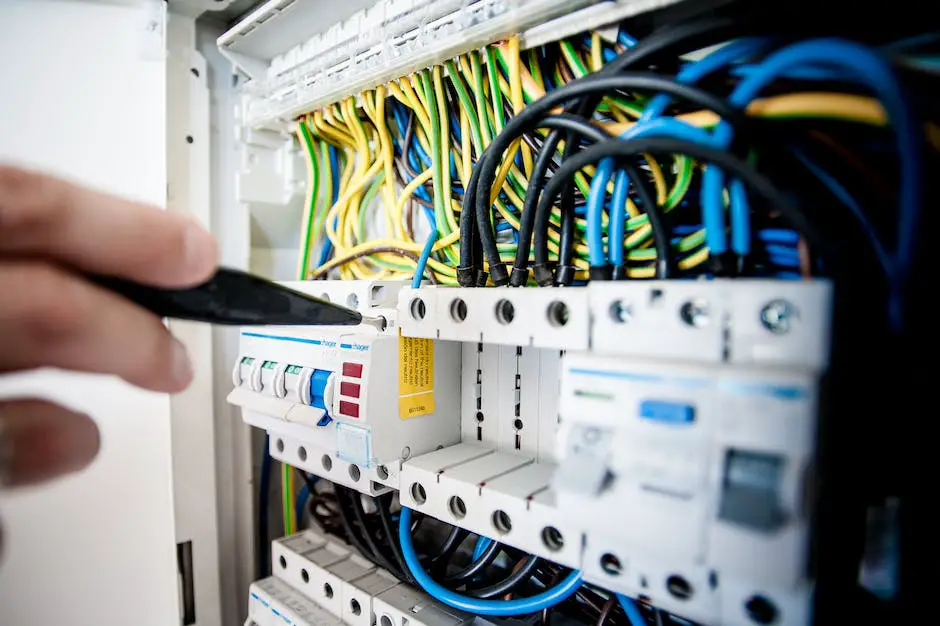Immersing yourself in the world of electrical systems doesn’t just require adept hand skills—it also demands a strong understanding of the principles that govern these intricate networks. Notably, one of the most essential aspects to comprehend is the configuration of 220v outlets on a 100 amp service.
Grasping this topic provides valuable insights into the intricacies of electrical circuitry. By shedding light on the correlation between amperage and the number of outlets, we also touch on key electrical concepts like voltage, current, resistance, and power.
Beyond the theoretical aspects, we will venture into the practical realm of calculating the amp capacity of your electrical panel. This will act as your roadmap in determining how many 220-volt outlets your system can support without causing an overload.
Finally, safety cannot be overemphasized; understanding and adhering to safety measures lie at the heart of preventing potential electrical accidents involving fires, shocks, or appliance damages.
Understanding Electrical Circuitry
Harness the Power: Learn Electrical Circuitry Basics for Outlet Capacity
For all that electrical hobbyist tribe, it’s time to delve deeper into the fascinating world of electricity and home circuitry, specifically the effortless task of calculating outlet capacity. Rest assured, it isn’t as daunting as it sounds. All it requires is a basic understanding of the electrical circuits and a few simple mathematical calculations. Let’s switch on our learning lights!
The bedrock to start from is knowing the voltage of your home electrical system, customary for most American households is 120 volts. This knowledge illuminates much of the path when calculating outlet capacity. And of course, the magic electrical formula: Power (P) = Voltage (V) x Current (I), where the power is measured in watts, voltage in volts, and current in amperes, always comes in handy.
Eager to plug in multiple appliances or tools at once? You’ll need to grasp the sum total of the amps that the outlet can manage. A standard household outlet usually carries 15 amps; more robust circuits handle 20 amps. Remember that running an outlet at full capacity continuously can risk overheating and possibly a fire. Therefore, the National Electrical Code suggests operating at no more than 80% of the rated capacity— 12 amps for a 15 amp circuit, and 16 amps for a 20 amp circuit seems ideal.
Next is understanding the power requirement of your devices. Most electrical appliances come with labels indicating how many watts they use. Should they provide amperes instead, use the aforementioned power formula to convert it to watts. If the label specifies volts and amps, then just multiply those to get the wattage. The sum of watts used by any appliances plugged into the outlet should never exceed the watt capacity of the outlet.
Being able to calculate possible overload scenarios is another key component for an electrical hobbyist. If you have the wattage administration of multiple devices that will be plugged into a single outlet, you can easily estimate whether they’ll exceed its capacity. If your total wattage goes beyond the outlet’s capacity (volts x amps), you’re looking at an overload situation.
Considering potential power surges, which inadvertently could go beyond your calculations, is prudent. Devices like power tools and heating appliances often require more start-up power.
Additionally, appreciate the importance of installing circuit breakers as they prevent overloads by disconnecting power when the current flowing through the circuit exceeds the breaker’s rated value. Don’t overlook their significance!
In a nutshell, basic knowledge of your home’s voltage, the magic formula, and appreciation for appliance wattages, and understanding breaker function are integral to mastering how to calculate outlet capacity. Together, they form the core of making your electrical hobby more interesting, safe, and significant. With these basics, make an enthusiastic leap into circuitry projects and spread the joy of electrical magic responsibly!

Calculating Amp Capacity
All right, diving in! Electrical panels are a fundamental part of any home’s electrical system. Properly gauging their amp capacity is vital. It not only ensures the seamless functioning of your appliances but also ensures the safety of your home. Here’s how you can decipher the capacity of your main service panel on your own.
Begin by determining the maximum amps of your panel. You don’t need to be a Sherlock for this, the main circuit breaker at the top of the box should tell you the total amperage of your electrical service box. The number might be 100, 150, 200, or more.
Understanding the full amp capacity is crucial, but you should also be aware of the load capacity. You may think, “I already know the total capacity, why should I also calculate the load capacity?”. Well, load capacity indicates the total amount of electricity that’s available for use.
To calculate the load capacity, sum up the maximum output capacity of all the circuit breakers in your box. Check each circuit breaker and simply add up their values (e.g., 15A, 20A, etc.). Adding all these will give you the load capacity.
Now, don’t let this total mislead you! Remember the golden rule of operating at no more than 80% capacity. The ideal scenario is that your total load capacity must be less than or equal to 80% of the total panel capacity.
For instance, if your main panel has a capacity of 200 Amps, and the total of your circuit breakers comes to 185 Amps, you’re good to go. You are staying within the 80% limit, which in this case would be 160 Amps.
Note, different appliances have different power demands. Time to call some math into action! Getting a grip on basic arithmetic goes a long way in understanding the nuances of your home electricity demands.
Suppose you have a circuit running a refrigerator, microwave, and a toaster all at once. Add up the amp requirements of all three and make sure it doesn’t overload the capacity of a single circuit breaker.
Don’t forget that every electrical panel also has room to accommodate unforeseen power surges and start-up power requirements. Planning and calculating for contingencies is always good practice.
Last but not least, while the importance of circuit breakers has been addressed in previous sections, their role cannot be understated. Circuit breakers act as your electrical system’s sentinels, jumping into action the moment there’s an overload or short circuit. If you observe frequent tripping of breakers, it might be a sign that your panel is being overloaded and needs attention.
Calculative measures, basic knowledge about electric circuits, and some mathematical skills can help you determine the amp capacity of your electrical panel. By doing this, you not only cater to the efficient functioning of your appliances but also ensure the safety of your home, making it a win-win situation!

Electrical Safety Measures
Now that we have established a solid foundation concerning the intricate technical aspects, let’s dive deeper into some safety measures one must keep in mind while installing 220v outlets!
One of the most crucial safety precautions to remember while installing a 220v outlet is the use of correct and high-quality wiring. Select wiring that aligns with the amp of the circuit, ensuring it doesn’t get hot during the power flow. Installing a 220v outlet requires typically a 12/2 or 10/2 wire.
Secondly, always remember to switch off the main power source before starting the installation process. This step sounds elementary, but it is surprisingly easy to overlook! Perhaps put a ‘in maintenance, do not use’ sign on the electrical panel to avoid someone unknowingly powering it up during the installation process.
Appropriate grounding is another pivotal safety factor. Every 220v outlet should have a ground wire that connects the outlet to the earth. This grounding wire acts as a protective shield, reducing the risks of electrical shocks. It is identified by being bare or green and should never carry a current under normal conditions.
Utilize electrical boxes, also known as junction boxes, to house the outlet’s wiring connections. Metal boxes offer a solid, fire-resistant casing for all wire junctions. Always make sure the box is of adequate size to prevent overheating. For a 220v outlet, it must be deep enough to accommodate the larger plug and thicker wires.
On the topic of electrical boxes, let’s not forget the humble, yet critical faceplates. They help prevent people from touching the wires directly and avert shocks. The faceplate shields the outlet from dust, thus acting as the first line of defense.
Conductors and connectors are also important parts of your setup. It’s essential to remember to never loosen or remove the connectors when the circuit is live. Similarly, conductors must be able to handle the load they are expected to carry without overheating.
Last but not least, post-installation testing is an indispensable part of the process. Remember to use a multimeter to test the voltage before using your new 220v outlet.
An electrical installation is not just an art; it’s a science that involves a perfect blend of precision, accuracy, and safety. So, take your time, don’t rush, and most importantly, don’t shy away from professional help when necessary. Safety first, DIY second. Keep sparking joy with your newfound electrical skills!

By delving deep into the realm of electrical circuitry, we have unearthed a profound understanding of how voltage, current, resistance, and power interplay to influence the quantity of 220-volt outlets a 100 amp service can manage. This knowledge, bolstered by the capacity to calculate amp capacity, empowers us to design and implement our electrical systems efficiently and safely.
Our journey through these realms has not only equipped us with technical know-how, but also emphasized the crucial role of safety measures. The perils of electrical accidents are very real, whether it’s fires, shocks, or damage to appliances.
Therefore, every step of this journey has underscored the need to meticulously heed safety protocols. This journey through the intricate web of electrical circuitry, amperage, and safety measures has thus paved the way for responsible, insightful, and safe engagement with your electrical system.


